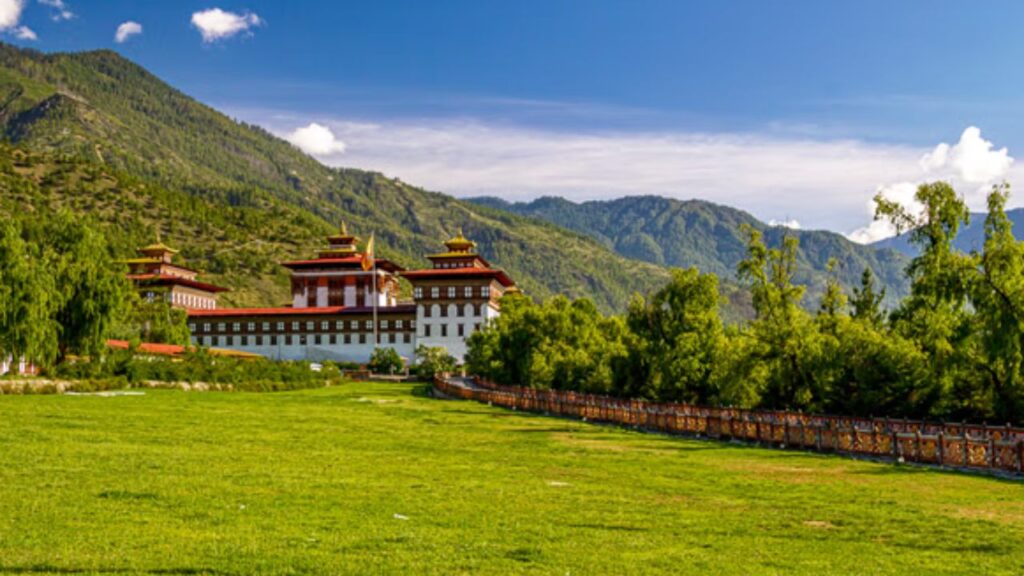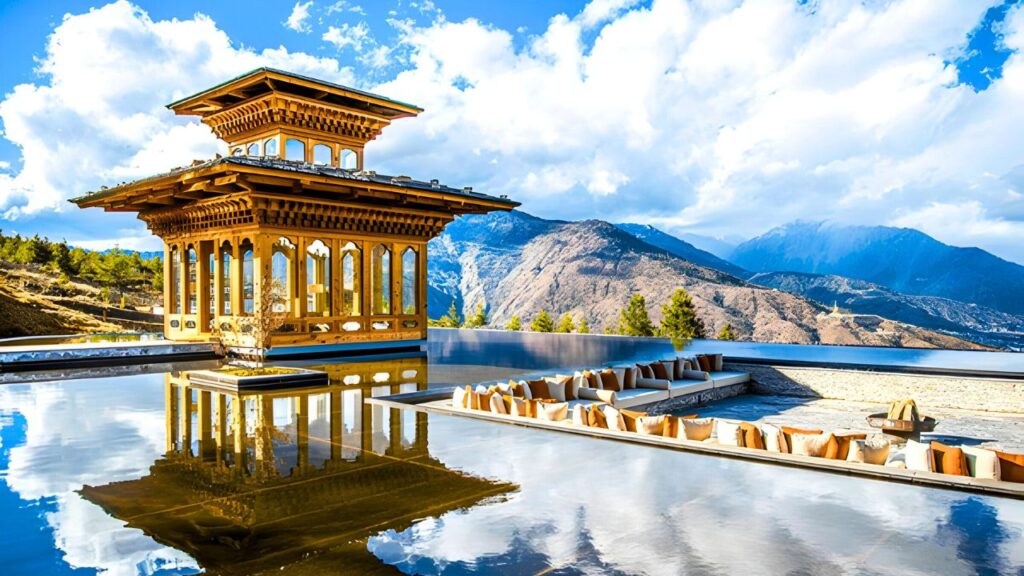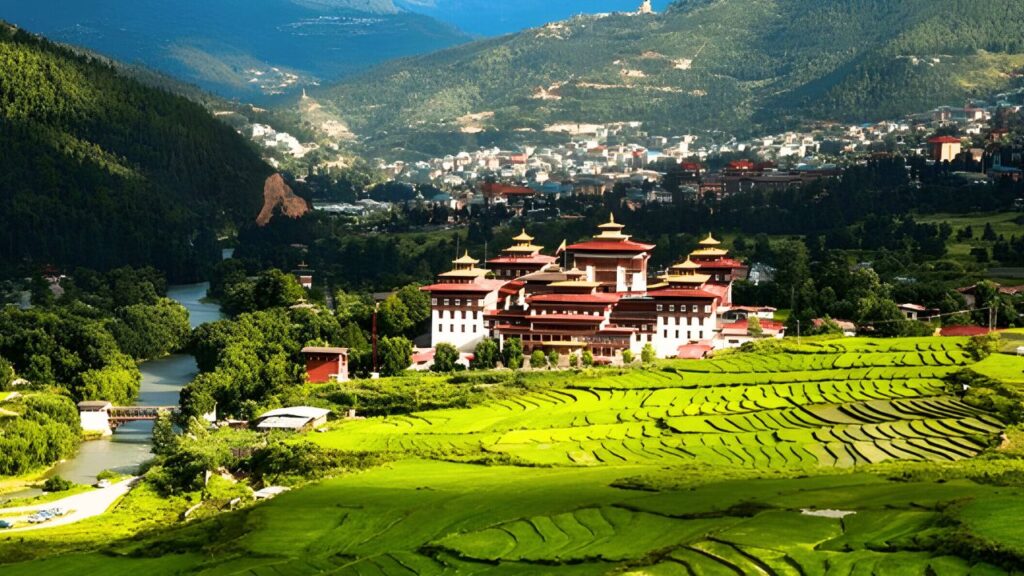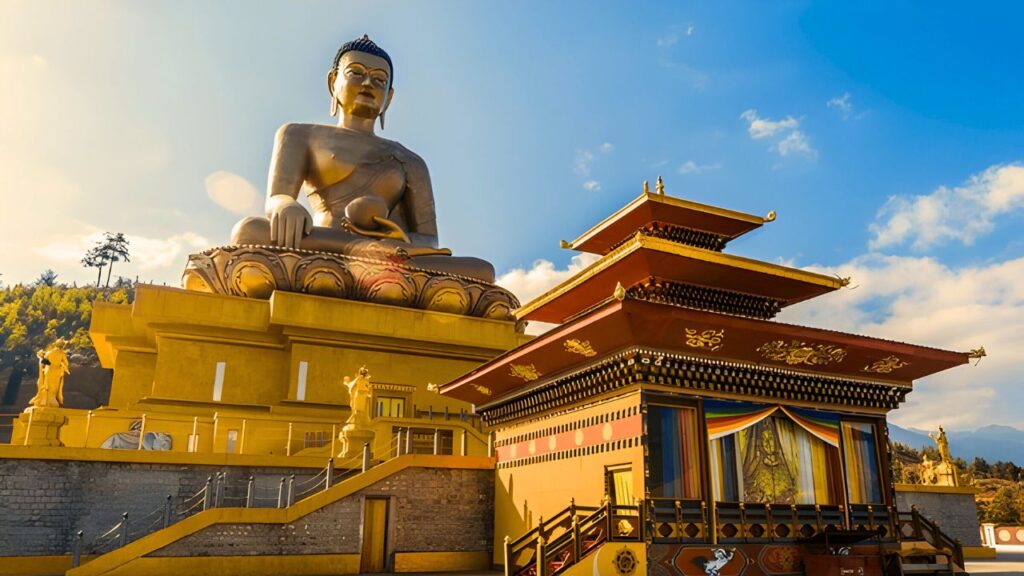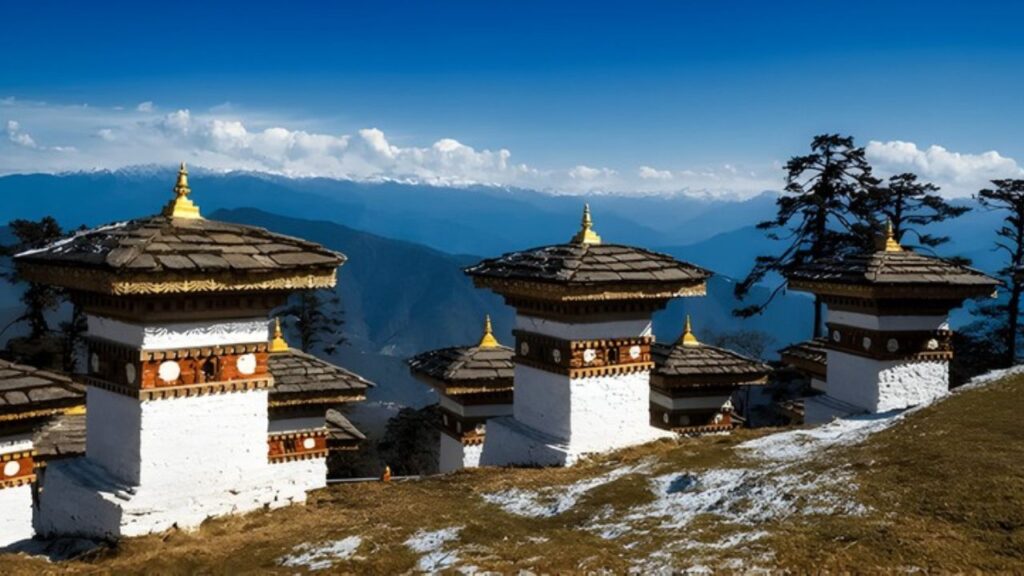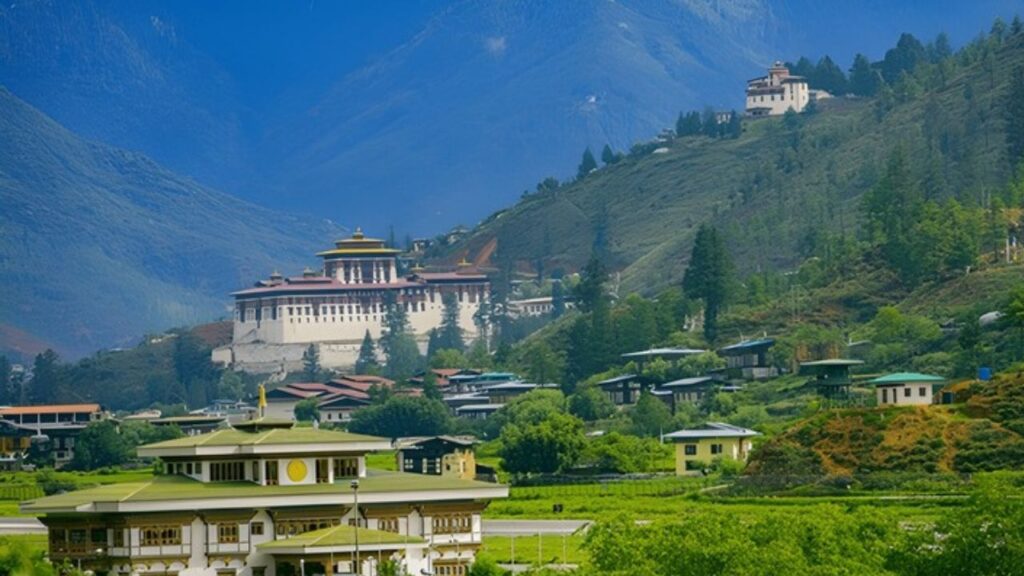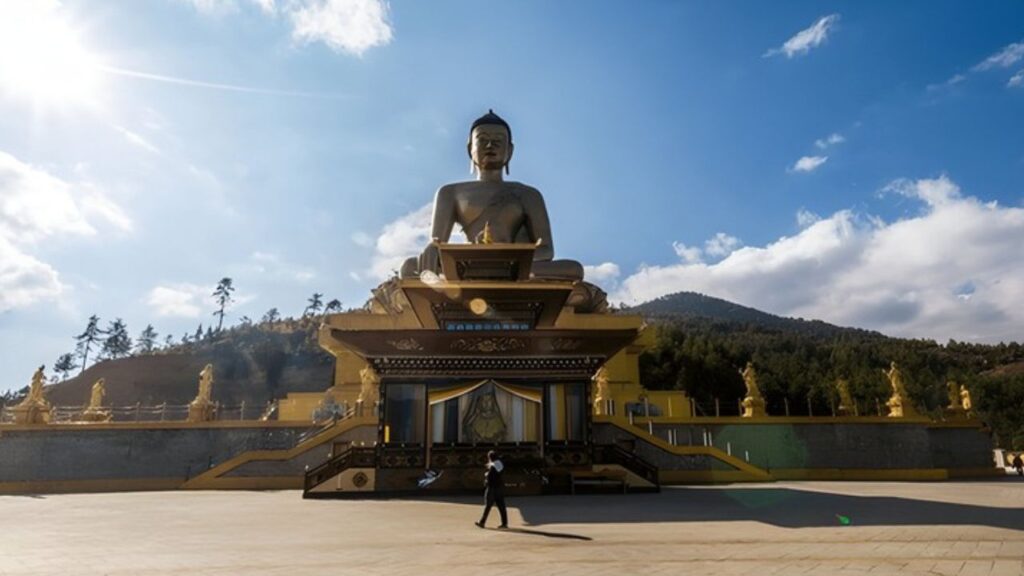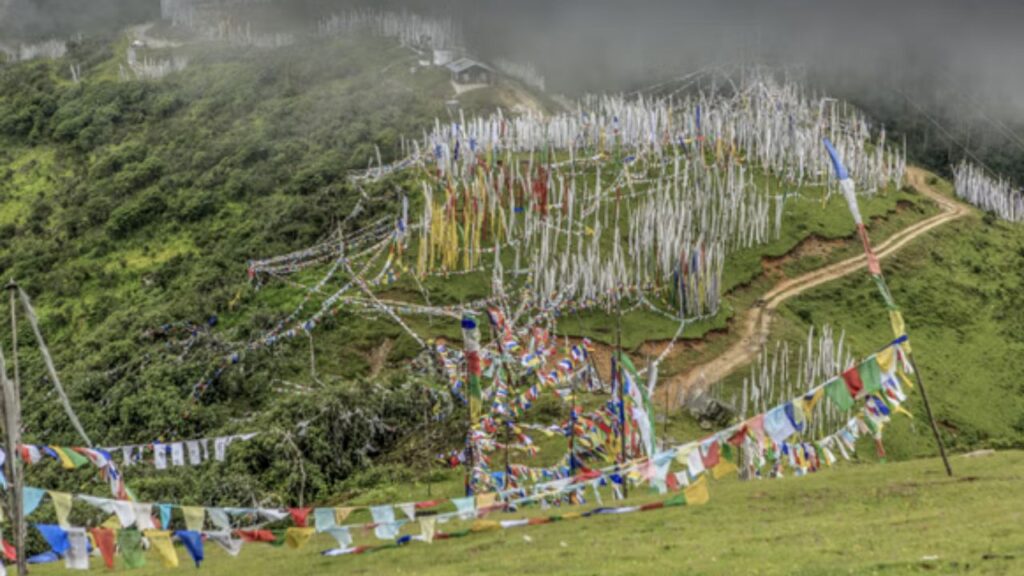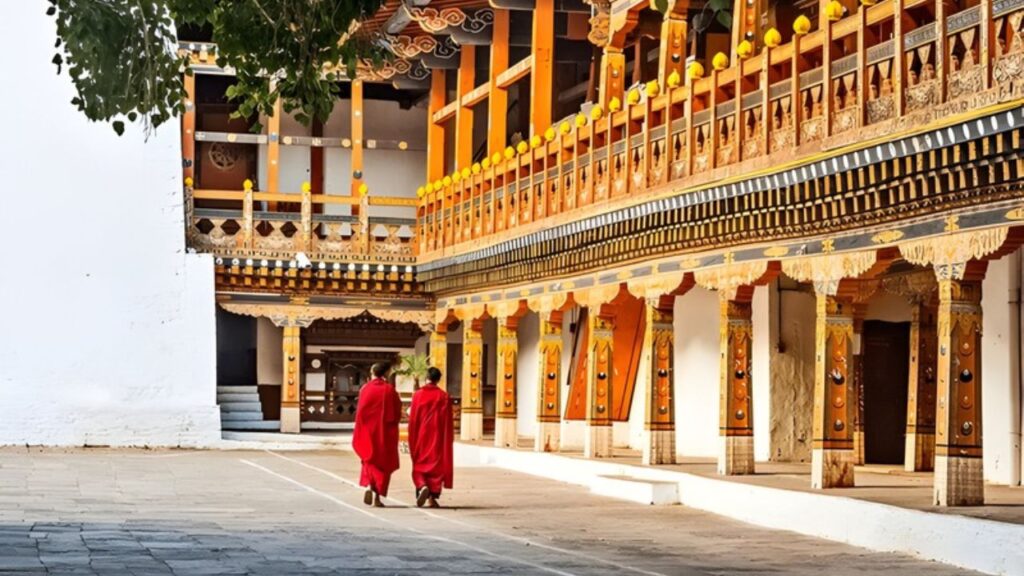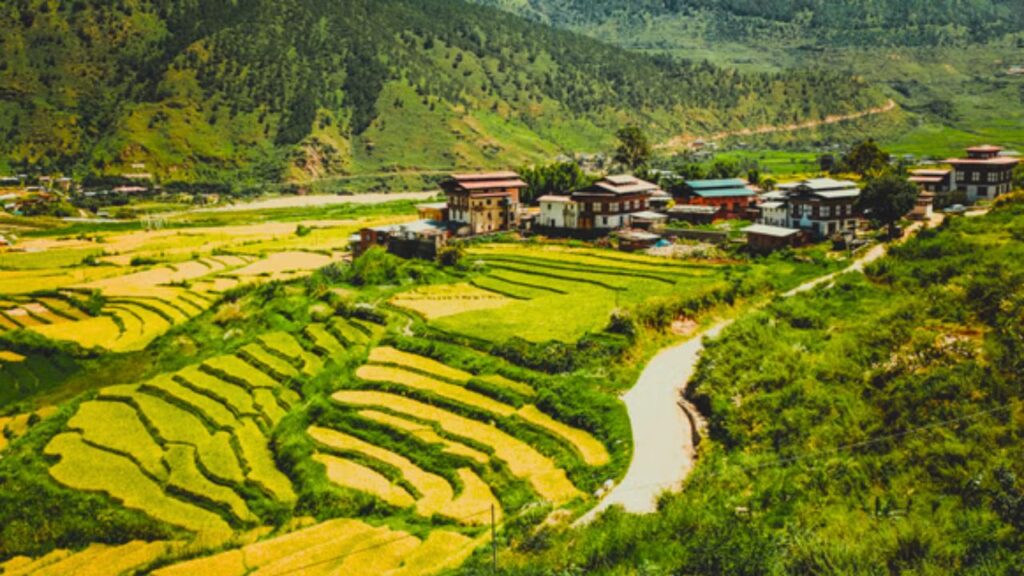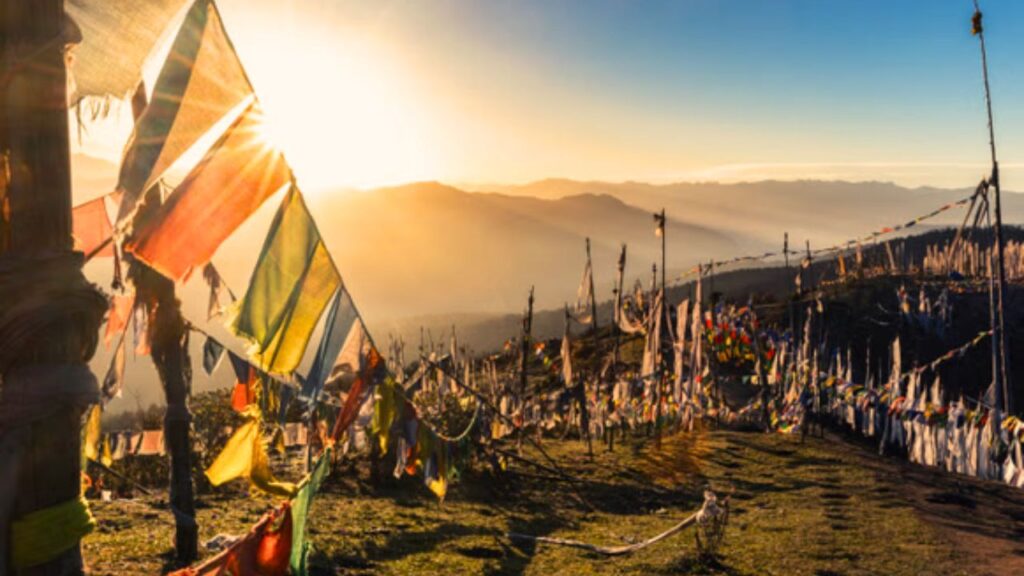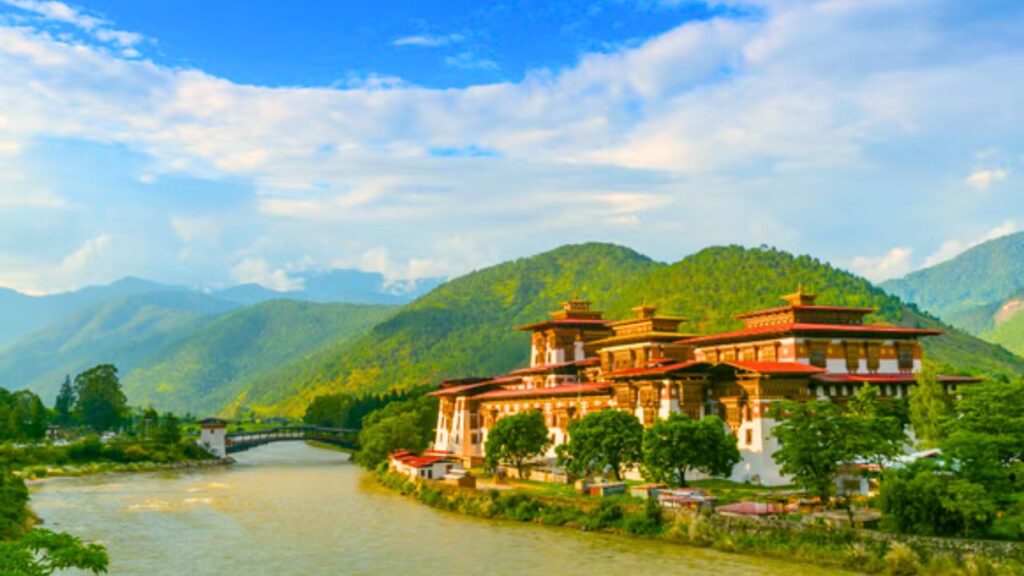When you reserve customized Bhutan trip packages with Holidays91, you'll get a ton of amazing discounts and offers. These locations, which are among the lesser-known regions of the vast Himalayan Mountain Range, provide a delightful beauty that may be experienced via packages that have been carefully chosen. Through unique guided excursions, you will get the opportunity to discover more about the customs and culture of the region while taking in the breathtaking mountain ranges. With Holidays91, you can be guaranteed that your tour guides are knowledgeable and experienced professionals that have extensive expertise with each area.
Holidays91 provides visitors with exclusive guided excursions that enable them to fully comprehend places of worship and historic monasteries rich in historical value. Whether you are visiting Bhutan and staying in carefully chosen hotel accommodations, taking part in adventure activities, or just getting about, you will enjoy individualized treatment the whole time.
Holidays91 offers carefully designed packages to Bhutan that suit all kinds of tourists, including romantic couples, families, and lone adventurers with a wanderlust. These tours will take you to well-known dzongs, historic monasteries, gorgeous rivers, and incredible lush green landscapes. The monuments and buildings that date back hundreds of years will astound you greatly as they are beautiful representations of the artistry of a bygone period. Holidays91 cordially welcomes you to wonder at locations brimming with peace and old world charm. Without participating in any of the incredible adventure activities, a vacation to Bhutan isn't quite complete. Holidays91's itineraries are thoughtfully crafted to include a range of adventurous experiences, including as river rafting and hiking.
Places to visit in Bhutan
National Museum of Bhutan
A wealth of information on Bhutan's lengthy history may be found in the National Museum. Approximately 3,000 displays cover more than 1,500 years of Bhutanese cultural history. Everything is there, from modern artwork to antique sculptures. The region's whole flora, animals, and wildlife are included in the natural history section. A whole section is devoted to ceremonial masks that are used at festivals in Bhutan. A thorough picture gallery documents and presents the cultural history. The museum building serves as a location for traditional dancing celebrations.
Punakha Dzong
Nearly every national property in Bhutan is located in the second-largest Dzong (fortress). Constructed between the years 1637 and 1638, it stands as the second-oldest structure in Bhutan. It is also the last resting place of the tetrön Pema Lingpa and the holy relics of Ngawang Namgyal. Since not a single nail was used during building, the fort itself is a marvel of design. Worth your attention are the holy treasures of the Southern Drukpa Lineage and a sizable collection of exquisite artwork.
Zuri Dzong
This is one of Bhutan's oldest surviving dzongs, having been built in the twelfth century. Because Zuri Dzong is said to have been constructed near the location of a cave where Lord Buddha is supposed to have meditated in the eighth century, it is a historically and culturally important building. The five-story building, which is only reachable by bridge and is enclosed by double palisade walls, provides breathtaking views over the Paro Valley. This is among the area's top and most well-liked hiking spots.
Jigme Dorji National Park
This is one of Bhutan's oldest surviving dzongs, having been built in the twelfth century. Because Zuri Dzong is said to have been constructed near the location of a cave where Lord Buddha is supposed to have meditated in the eighth century, it is a historically and culturally important building. The five-story building, which is only reachable by bridge and is enclosed by double palisade walls, provides breathtaking views over the Paro Valley. This is among the area's top and most well-liked hiking spots.
Food to try in Bhutan
Bhutanese food has a unique flavor character that is dominated by the extensive use of chilies and other spices. Surprisingly, a significant portion of the population is vegetarian despite the abundance of animal meals that are offered. Its closeness to China and India means that both cuisines are widely available throughout the nation. Here are a few regional specialties you should sample while visiting Bhutan.
Ema Datshi - A Marriage of Cheese and Chillies
Yak cheese and chillies. The national meal of Bhutan, Ema Datshi, is a delicious blend of these two main ingredients that work well together. The stew's flavor and texture are enhanced with the addition of garlic, onions, and tomatoes, but the gravy keeps the cheese's buttery color. But don't let its mild look deceive you. In Bhutanese, ema refers to chilies, and they are felt with every mouthful. This meal is often served with ubiquitous red rice.
Red Rice
Most people in Bhutan eat red rice, a medium-grain kind of rice, on a regular basis. It grows predominantly in the Paro area, where the mineral-rich glacial water provides it with nutrition. Because it is only half milled, the bran nourishment is retained and it cooks more quickly. The earthy and nutty flavor of this gluten-free rice goes very well with the spicy meals. A number of Bhutanese cuisines, including Ema Dashti and Shamu Dashti, use rice as an accompaniment.
Jaju Soup
Traditionally, sun-dried turnip leaves are used to make this soup, but for variation, you may also use spinach or other leafy greens instead of the leaves. It is a creamy combination made with milk and butter that is often enjoyed during festivals and special occasions. Variations of this may be seen all around Bhutan. As the natives do, eat this with rice and curry. Try the heartier version as well, which has cheese added to improve the texture and flavor.
Zow Shungo
The Zow Shungo is an enthusiastic supporter of the waste-not mentality that is prevalent in Bhutan. It is often served with red rice and is a jumble of leftover veggies that may be quickly combined. The Zow Shungo is offered at restaurants all around Bhutan, even though it's just a means to reduce food waste. Try this for its unique flavor and texture, which varies depending on where you get it. By the way, the word "Zow" in the native tongue means "splendid."
Things to Do in Bhutan
Tour packages to Bhutan provide a wide range of activities that may give visitors a fantastic overview of the nation. Here are some suggestions for your travel packages to Bhutan.
The Huge Buddha Statue in Buddha Dordenma
Another reason for booking a Bhutan vacation package is to see Buddha Dordenma. at honor of Jigme Singye Wangchuck, the fourth monarch of Bhutan, on his 60th birthday, the Great Buddha statue was built at Kuensel Phodrang, Thimphu. One temple and 1,25,000 miniatures that have the same sculpture as the enormous edifice are housed inside the 51-meter sculpture. The construction of the bronze structure took more than nine years to complete. The monument guarding the whole Thimphu valley from the hilltop is what makes it special.
Trek in the Snow
Bhutan is a trekker's heaven with its diverse landscape. The walk is enhanced by the breathtaking scenery of snow-capped mountains, verdant valleys, and glistening lakes as you go through breathtaking natural settings. While there are some physically challenging hikes, most are manageable for those with a basic degree of fitness. But they will all put your willpower to the test and determine your breaking point, no matter how tough they are. Put your best foot forward and discover the splendor of the foot terrain in Bhutan.
Relax in the Hot Springs at Gasa Tsachu
The joy of soaking in natural hot springs must be experienced to be believed, particularly in Bhutan's chilly climate. Gasa Tsachu and Jigme National Park are located in the same district. These naturally occurring hot springs provide a very soothing experience in outdoor community tanks. This is a really fulfilling experience, particularly after a strenuous hike across the national park. Follow the locals' example and get rid of your fatigue the traditional Bhutanese manner.
Score a Bulls Eye
Bhutan has made archery its national sport. Every Bhutanese person has this enthusiasm in their hearts. Enormous groups of men in traditional ghos (robes) may be seen shooting at little targets as far away as 140 meters all around the nation. Every Bhutanese community has one of these archery grounds where you may practice your aim. Village-to-village archery contests are vibrant displays that have the potential to become just as chaotic as major international athletic events. The severe contests are made joyful by the singing, heckling, and cheering. The largest competitions of the year are the Yangphel tournament and the Coronation Archery tournament.
Dance with the Monks
There are many songs and dances in the amazing Bhutanese culture that honor long-standing customs and beliefs. The local population has a particular place for the "Tsechu" among them. Every Tibetan lunar month, on the tenth day, is a time for dancing, celebration, and meeting up with friends. The "Cham" dance, which is performed by monks decked up in elaborate costumes and traditional masks, is the festival's high point. These dances all have a moral message that is presented in an engaging way. The unveiling of a massive Thangka, or Throngdrei, signifies the conclusion of the celebration.
The Best Time to Visit Bhutan
Traveling to the Himalayan nation of Bhutan is most enjoyable in the spring (March to May) and fall (September to November) seasons. The temperature ranges from 3°C to 25°C in the spring to 10°C to 23°C in the fall. These two months are the greatest times to visit Bhutan since they don't include rain, despite the extreme temperature swings. The summer months provide Bhutan's greatest rainfall, whereas the winter months bring snowfall. The shoulder seasons' pleasant weather makes them the ideal times to visit Bhutan for touring and taking in the country's untamed beauty.
Not only can you complete your touring without any disruptions during these two seasons, but all of the major tourist sites are open as well. In the summer and winter, respectively, excessive rainfall and snowfall may render some areas of the nation uninhabitable. If you can tolerate the rain and are willing to accept a more condensed schedule, summer is still a great season to visit Bhutan. However, the majority of travelers will avoid the area throughout the season due to the snow and very low winter temperatures.
You may celebrate the Gomkora Festival, the Ura Yakchoe, and the Paro Festival with the residents in the spring. Fall offers a wider variety of festivities, including the Black Necked Crane Festival, Jomolhari Mountain Festival, Tamzing Phala Choetpa, Wangdue Tshechu, Jambay Lhakhang Tshechu, and Thimphu Tshechu.
How to Reach Bhutan
Bhutan is accessible from India both by air and land. There isn't any direct train access. By flying is the quickest route to Bhutan. The only international airport that leads from outside Bhutan is Paro International Airport, despite the country having several local airports. Bhutan's national airline, Druk Air, flies regularly from Delhi, Mumbai, Kolkata, Bagdogra, Guwahati, Gaya, and Delhi. Only Kolkata has direct access to Paro out of all of them. All other airlines have connecting flights. The most flights are also available from Kolkata.
Traveling by car is the most common method of entering Bhutan. From India, there are three options for entering Bhutan:
Border between Phuentsholing and Jaigaon: Gelephu Samdrup Jongkhar
The Jaigaon - Phuentsholing border is by far the most chosen choice among them. This is the border crossing that is easiest to travel to, and it is also the easiest place to get an entrance permit. Every Indian national visiting Bhutan is required to get a "Entry Permit" from the Royal Government of Bhutan's Immigration Office. You are only allowed to tour Paro and Thimphu with this admission permission. You need to get a "Special Area Permit" from the Royal Government of Bhutan Immigration Office in Thimphu in order to go farther inside the nation.
You have three options: take a bus, rent a cab, or drive yourself. There are private buses and taxis available from Bagdogra, Siliguri, New Jalpaiguri, and Kolkata. The longest bus trip is from Kolkata to Phuentsholing, which takes eighteen hours, whereas trips between Bagdogra to Siliguri take around four hours.

